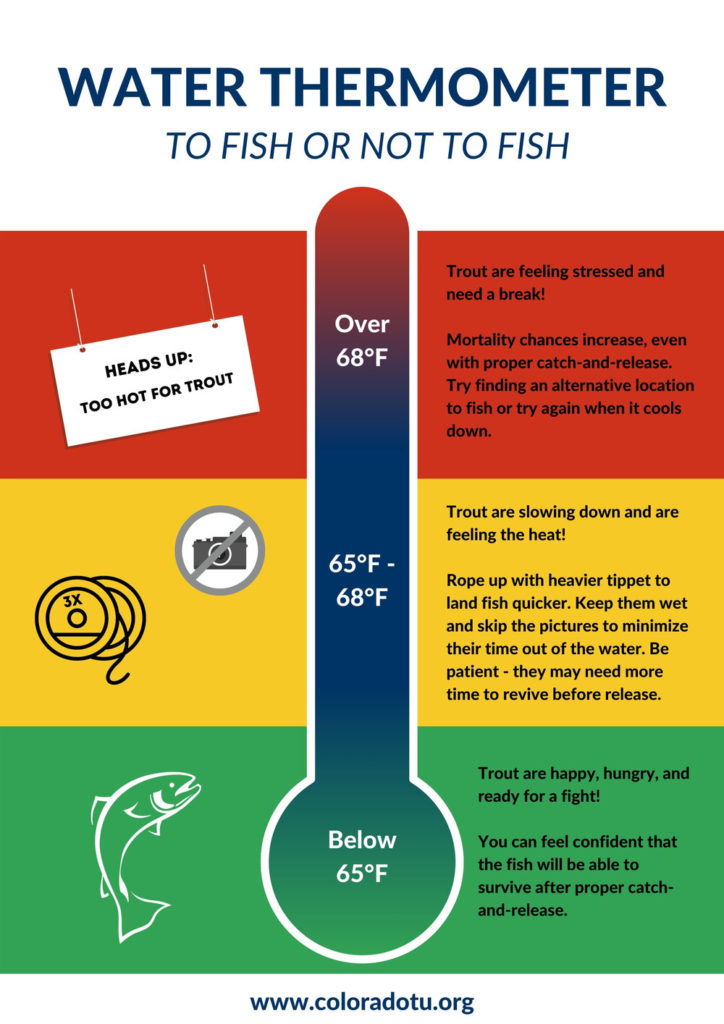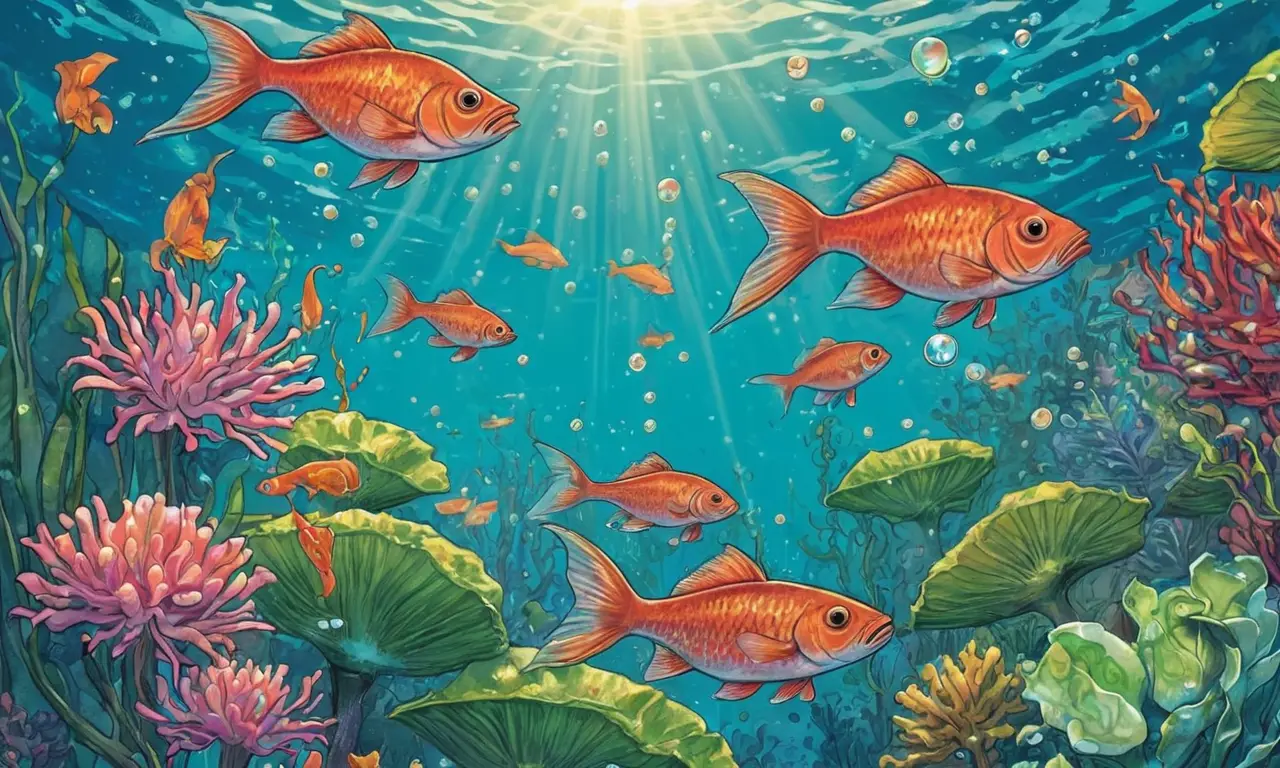
Fish, like all living creatures, thrive within a specific temperature range. While some species can tolerate warmer waters, most fish prefer cooler temperatures because their bodies are naturally adapted to regulate temperature efficiently in colder environments. This article delves into the reasons behind fish’s preference for cooler water, exploring the impact of warm water on dissolved oxygen levels, metabolic rates, and overall fish health. We’ll also examine ideal water temperatures for various species and discuss how these factors influence successful aquaculture practices.
Fish Temperature Preference
Fish are cold-blooded animals, meaning their internal body temperature fluctuates with the surrounding environment. Unlike mammals who maintain a constant internal temperature, fish rely on external sources like water to regulate their body heat. This inherent characteristic makes them more comfortable in cooler waters where they can effectively absorb and dissipate heat.
Their physiological systems, including their gills and circulatory system, are optimized for functioning in colder temperatures. When exposed to excessively warm water, their metabolic processes become strained, leading to potential health issues.
Dissolved Oxygen & Warm Water

Dissolved oxygen is crucial for fish respiration, as they extract it from the water to survive. However, warmer water holds less dissolved oxygen than cooler water. This phenomenon occurs because warmer water molecules move faster and have a weaker attraction to oxygen molecules, resulting in lower solubility. When water temperatures rise significantly, the available dissolved oxygen can become insufficient to meet the respiratory needs of fish, leading to stress, suffocation, and even death.
Metabolic Rates & Stress in Fish
Warm water increases metabolic rates in fish, meaning their bodies require more energy to function. This heightened metabolic activity puts additional strain on their organs and systems, particularly their gills and circulatory system. Furthermore, warmer temperatures can elevate stress levels in fish, making them more susceptible to diseases and parasites.
Ideal Water Temperatures for Different Species

Different fish species have specific temperature preferences that vary depending on their natural habitats and evolutionary adaptations. Some cold-water species, like trout and salmon, thrive in temperatures ranging from 45°F to 60°F (7°C to 15°C). On the other hand, tropical fish, such as goldfish and guppies, prefer warmer waters between 72°F and 82°F (22°C to 28°C).
Aquaculture Practices
Understanding ideal water temperatures for different fish species is crucial for successful aquaculture practices. Maintaining optimal water temperatures ensures healthy growth, disease prevention, and overall fish well-being. Aquaculture facilities often utilize sophisticated temperature control systems to regulate water temperatures within the desired range for specific species.
Conclusion
Fish prefer cooler water temperatures due to their physiological adaptations and the impact of warm water on dissolved oxygen levels, metabolic rates, and stress levels. Understanding these factors is essential for maintaining healthy aquatic ecosystems and ensuring successful aquaculture practices. By providing appropriate water temperatures, we can contribute to the well-being and thriving populations of fish species worldwide.
